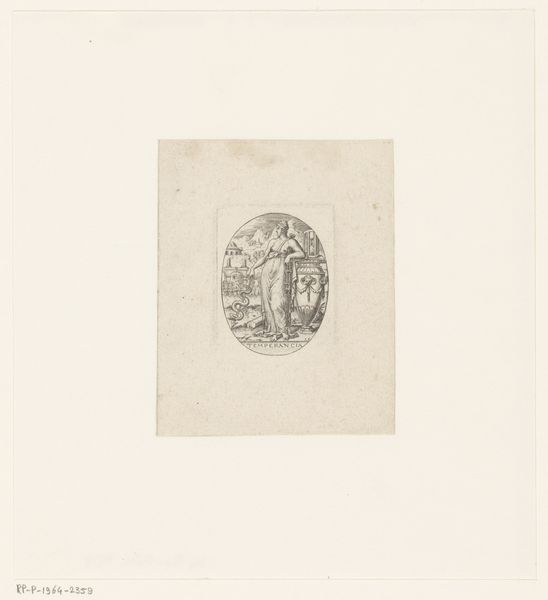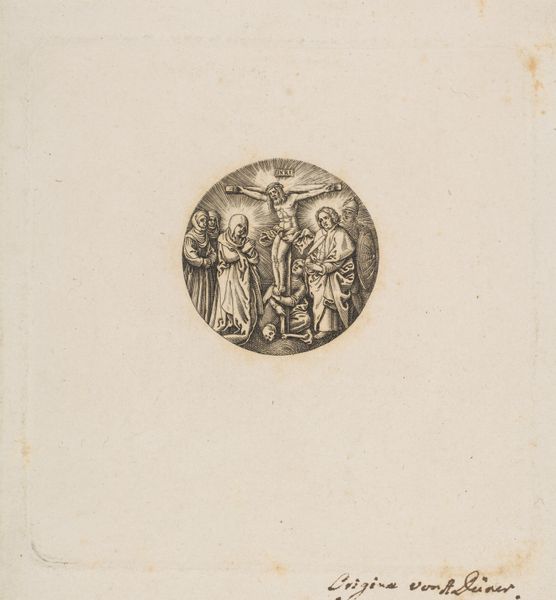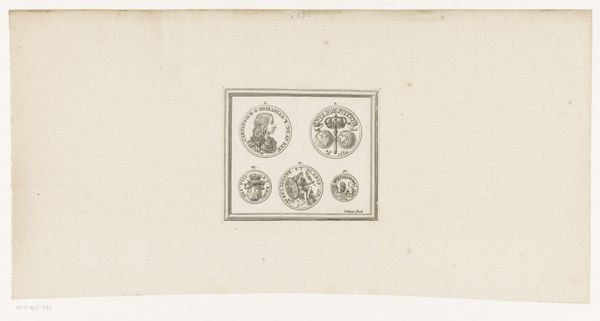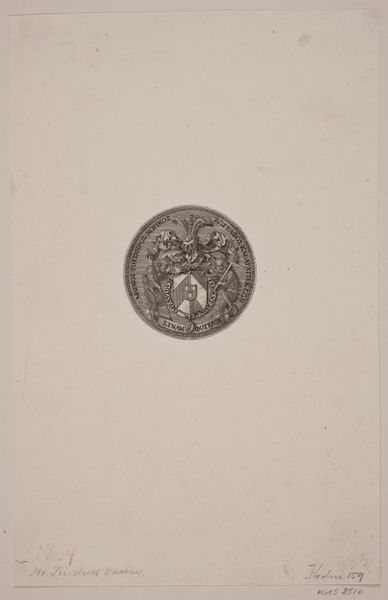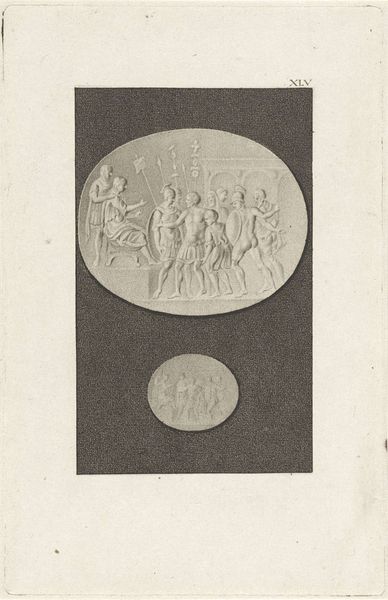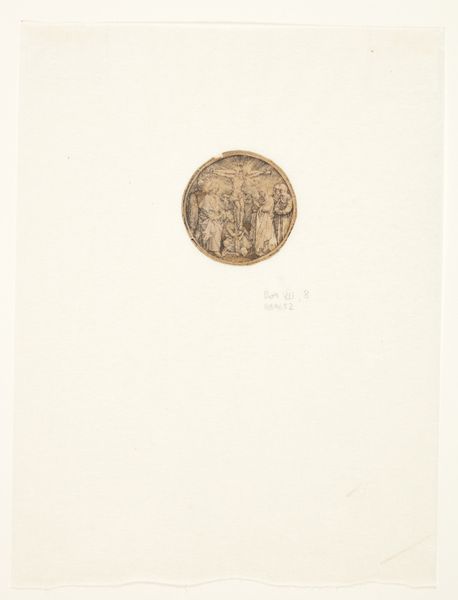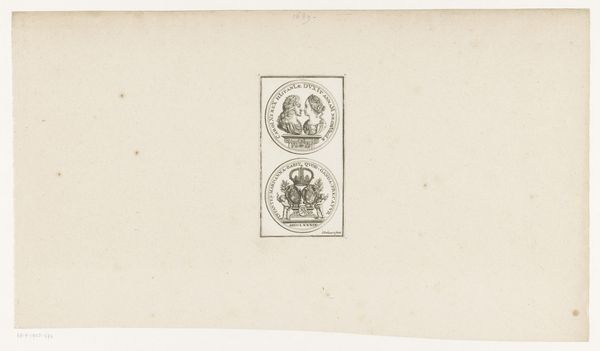
Heilige Drie-eenheid omringd door engelen met passiewerktuigen 1782
0:00
0:00
adamvonbartsch
Rijksmuseum
Dimensions: height 221 mm, width 221 mm
Copyright: Rijks Museum: Open Domain
Editor: So, this is Adam von Bartsch's "Heilige Drie-eenheid omringd door engelen met passiewerktuigen," or "Holy Trinity Surrounded by Angels with Instruments of the Passion," from 1782, an engraving in the collection of the Rijksmuseum. The circular composition is quite striking, with the Holy Trinity in the center and a host of angels surrounding them. What strikes me most is the theatrical, almost performative quality. How would you interpret this work? Curator: Considering the socio-political context of late 18th-century Europe, this print operates on multiple levels. While overtly religious, depictions of the Holy Trinity also functioned as potent symbols of authority and divine right. How is that authority communicated here? Consider the arrangement, for example. Editor: Well, the Trinity is elevated, literally and figuratively. They’re central and bathed in light, seemingly in a higher plane than the angels bearing instruments of the Passion. Curator: Exactly! The iconography reinforces established hierarchies. Think about where this print might have been displayed. Not just in churches, but also possibly in homes of the wealthy or even government buildings, constantly reinforcing the established power structures of the time. How might that influence our understanding? Editor: That’s fascinating! So, it's not just a religious image but also a political statement, reinforcing the status quo. And the baroque style, with its dynamism and drama, adds to that sense of grandeur. Curator: Precisely. The baroque style wasn't just about aesthetics; it was a powerful tool employed to visually assert dominance and instill reverence. Considering this image within its historical context, it compels us to reconsider the seemingly straightforward piety of the image. Editor: I hadn’t thought of it that way before. It makes me think about how even seemingly 'religious' art can be so deeply entangled with power and politics. Thank you! Curator: And I am prompted to reflect that art is often commissioned for public functions, it is rarely completely divorced from questions of institutional display and governance.
Comments
No comments
Be the first to comment and join the conversation on the ultimate creative platform.
